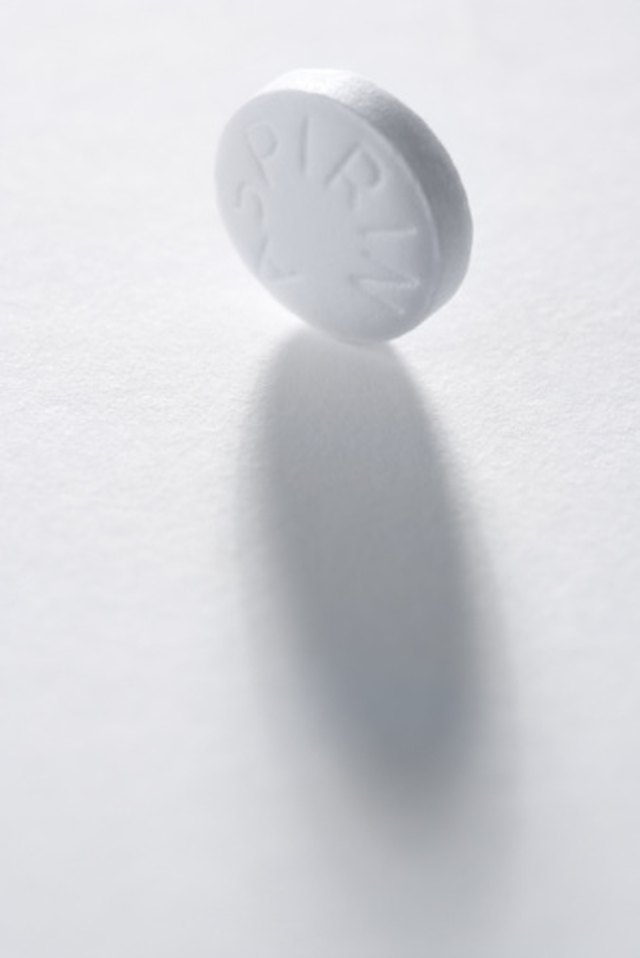
Hydroxychloroquine was discontinued 1 month following complete resolution. 1b) with a mean resolution time of 7 weeks (range 5–8 weeks).
#Pinpoint red dots on skin lupus skin#
The 4 patients were treated with oral hydroxychloroquine 400 mg/daily, which induced a complete clearing of the skin lesions (Fig. The possible association with Sjögren’s syndrome or other autoimmune disorders was excluded. After LE was diagnosed, we evaluated the patients for systemic symptoms and signs associated with LE, which were lacking in all 4 cases moreover, none of them fulfilled the American College of Rheumatology criteria for the diagnosis of systemic LE (SLE) (13). The patients were not treated for other concomitant diseases. Before our observation, all 4 patients had been given treatments for rosacea in other institutions, including tetracyclines, azithromycin or metronidazole orally, in combination with topical metronidazole, with no benefit.


In all 4 cases the onset of the above cutaneous picture had been sudden, and the patients had noticed aggravation of the rash after sun exposure. 1a) the skin lesions were accompanied by intense burning and, occasionally, by slight to moderate pruritus. On admission to our hospital, all 4 patients presented with erythema that was localized to the central face and was associated with a few raised, smooth round erythematous or erythematous-violaceous papules ranging from 2 to 3 mm in diameter over the malar areas and forehead (Fig. The mean duration of disease was 13 months (range 6–24). The 4 patients with rosacea-like cutaneous LE were 3 women and 1 man (F/M ratio 3:1), with a mean age at disease onset of 54 years (range 41–69). Rosacea is characterized by erythema and telangiectasia and is punctuated by episodes of inflammation manifesting as papules, pustules and swelling (12). The present report describes the clinical findings and course as well as the histopathological, immunofluorescence and laboratory characteristics of 4 patients with cutaneous LE limited to the central face mimicking rosacea.

SCLE typically presents with non-scarring annular or papulosquamous eruptions on sun-exposed skin (6, 7), although a number of unusual variants have been described (8–11). More uncommon subsets of CCLE are lupus tumidus (2, 3) and lupus panniculitis (4, 5). The first includes the so-called discoid CCLE (1), which is the most common form, most frequently involving the face, and characterized by well-defined, red scaly patches healing with atrophy, scarring and pigmentary changes (1). Lupus erythematosus (LE) with predominant skin involvement comprises chronic cutaneous LE (CCLE) and subacute cutaneous LE (SCLE).


 0 kommentar(er)
0 kommentar(er)
